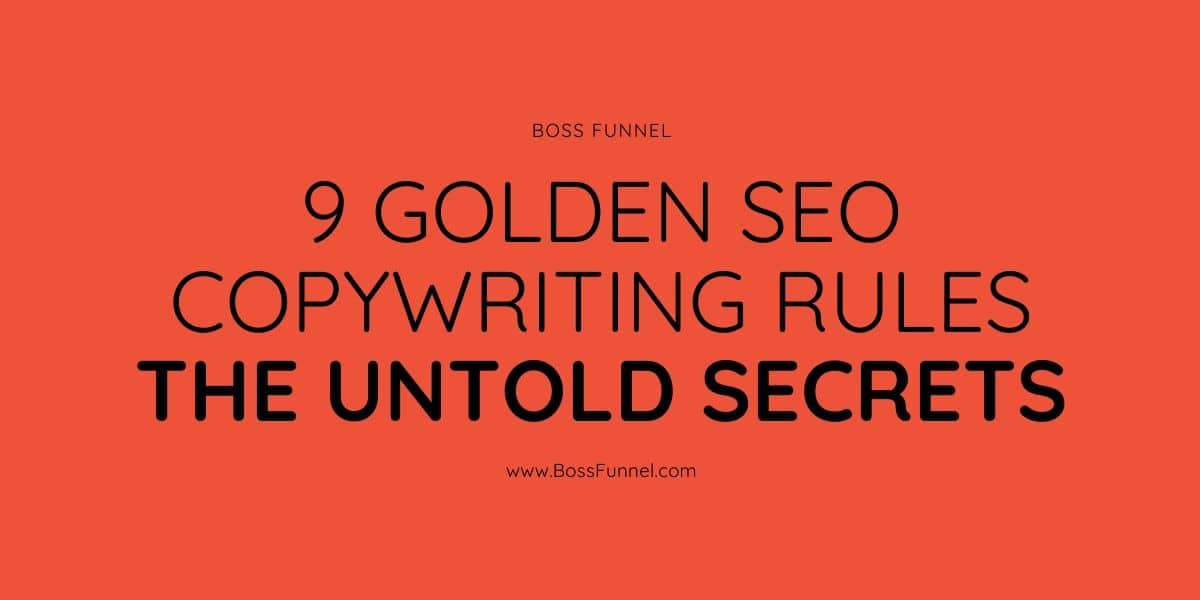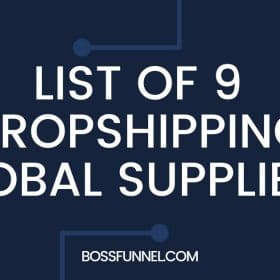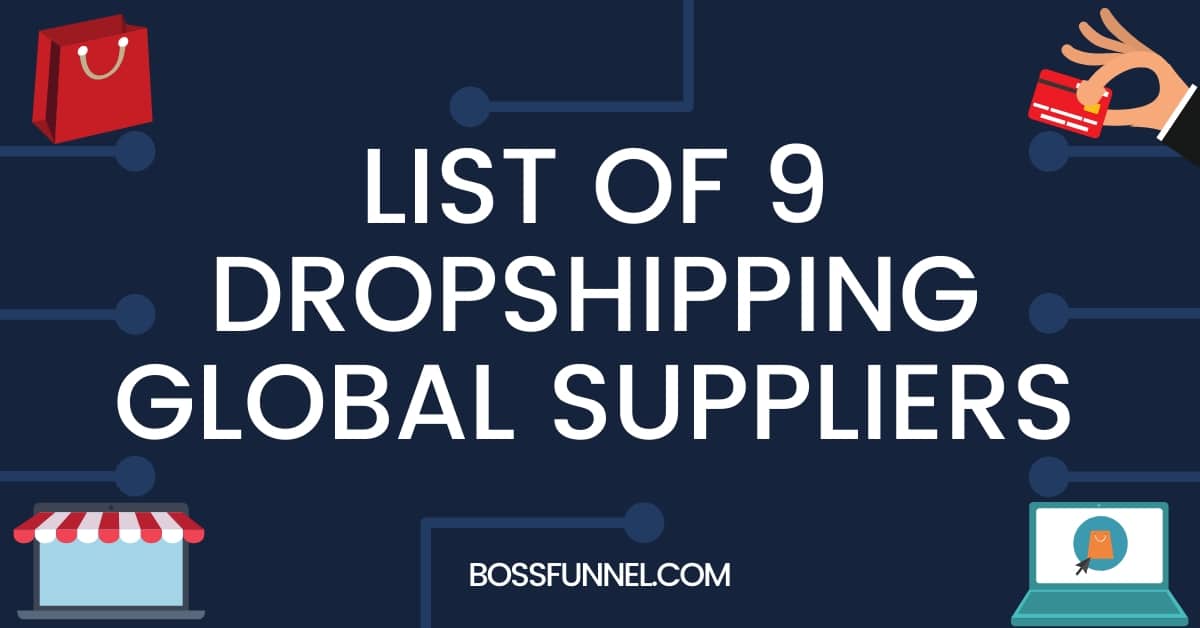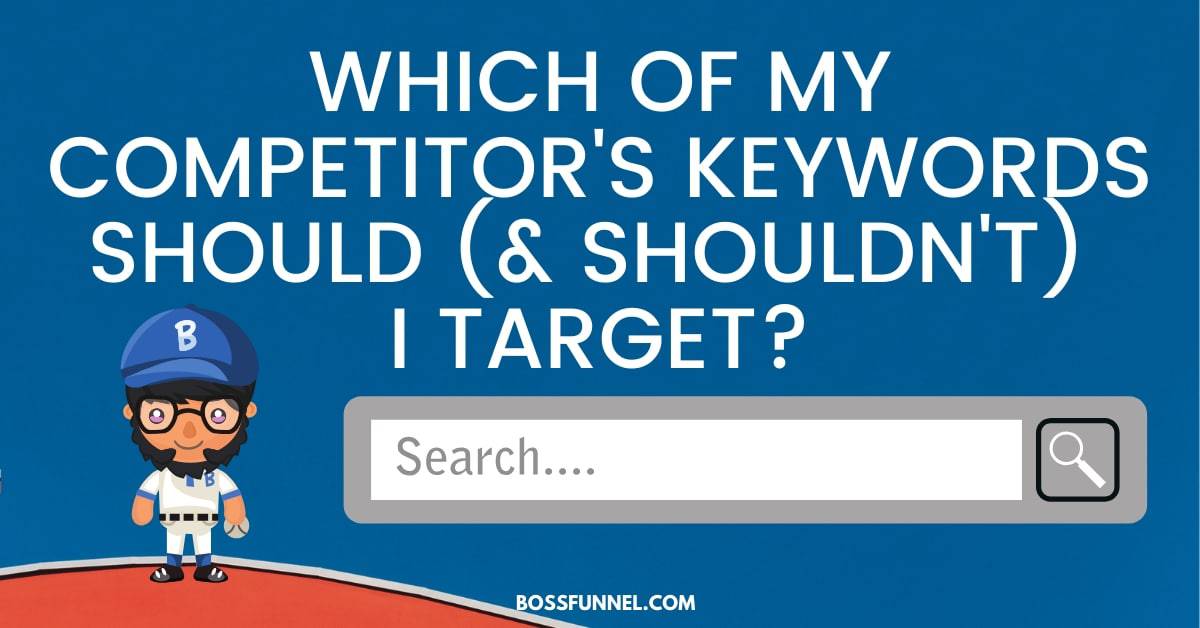Here are the Golden SEO Copywriting rules that we will cover in this article:
- Focus Keyword- The most important SEO Copywriting Rules
- A Specific question – a specific Answer
- Know your Tail
- Long Text
- Digits in Title
- Kicker
- Content
- Write as you Speak
- Internal Linking
And now a little more detailed and with examples.
# 1 – Focus Keyword- The most important SEO Copywriting Rule
Whatever you say, you need to know your main keyword. That is before you start writing something, you must accurately select the key query under which your article will be written. It’s not enough just to think and come to the conclusion that the request “how to bake a banana pie at home” will probably be popular.
You must know exactly how many people per month search for this request and what kind of competition it has. Because it may turn out that the requests “ how to bake a cake at home ” and “ how to bake a cake” will have completely different indicators.
Here’s what we get:


The keyword “how to bake a cake at home” gives us 1000 direct search requests per month. But the keyword “how to bake a cake” gives us as many as 46,200 direct search requests per month.
So, most likely, we need to choose the first option of the keyword for our article. Just by changing 1-2 words we get 4.5 times more traffic. But before making the final choice, you need to check several other parameters.
That is, how difficult it will be for us to break into the TOP of the positions if we write an article for this specific keyword.
You can use a number of tools to analyze your keywords including Ahref, MOZ, Semrush, and KW planner.
As you can see, by adding “at home” we don’t see a big chance at difficulty level. In this case, the difference is negligible. Both keywords have low levels of competition. And with such competition, nothing will stop you from reaching the TOP rankings faster than in a month (even if you have a completely untwisted website).
Now that we have the selected focus keyword, insert it in the exact word form:
- In title
- To the beginning of the article
- At the end of the article
- In meta-title
- In meta-description
- In meta-keys
- to alt tag for the image
So the search engines will understand that your article was written just to give an answer to this specific question (robots themselves cannot read). By the way, at the expense of specific issues. This is one of the most important and foremost SEO Copywriting rules that you must follow if you want to win the SEO race.
# 2 – A specific Question – a specific Answer
It will be much better if your article answers a specific question. For example, the query “ how to start a business on the Internet ” is a worst-case scenario in all respects. Firstly, this keyword will have wild competition.

Secondly, even if by some miracle you find yourself in the TOP-10 by this request, you most likely will not be able to stay there. Because you don’t really know what a person is looking for under this key.
What kind of business does he want to open? What does he mean by “business”? What does he mean by “the Internet” – is it really the Internet or social networks? It is almost impossible to guess here. As a result, the person will open your article and leave quickly, not finding the answer to his question (maybe he himself does not know what he is looking for).
Therefore, it is better to write ten articles for ten specific narrow queries than one for a broad query. In our case, it is quite possible to dig such topics:
- How to start an info business
- How to work on freelancer
- How to promote your blog on youtube
- and others
Let it not bother you that the narrower keywords have a small number of requests per month. Less competition, much easier to rank. The most important thing about SEO Copywriting Rules is to give what a user expects from your content. The customer is the key!
# 3 – Know Your Tail
The tail is the micro-query loop that reaches for our primary keyword. According to statistics, the tail will give you 80% of the traffic. That is, if you have 14 direct requests for the main keyword per month, then the tail will give at least 4 times more. In total, we get a pretty good amount of traffic for one article.
To find out the “core” of the tail, go to Google and enter our query in the search bar. After that, a list of queries will appear under the line, which you need to use as a tail.

We need to use these words in the text at least once (without the main keyword). That is if you have a keyword “how to bake a pie at home,” and a tail “+ a recipe for beginners,” then simply write in the text, “now I will show you a recipe for beginners.”
In other words, it is not necessary to register the main keyword for each tail keyword. And then the search engines will take this for re-optimization and throw your article in the back of the Internet.
But this was about the main tail. There is also a tail that no service can show you.
# 4 – Long text helps you boost your SEO Copywriting Rules
According to Google statistics, about 20% of completely new requests are registered every day. That is, these are queries that no one has ever looked for before. And you cannot register these requests anywhere. Namely, with such micro-keys (one request in 2 months) it is possible and necessary to collect a lot of traffic.

Almost the only way to do this is to write really long articles and use the maximum of synonyms for all your key queries. For example, for the key “how to sell courses on the Internet”, you can use different synonyms:
- Sell = promote, distribute, offer, market;
- Courses = training, video course, training, master class;
- Internet = online, online
Write an article for 1500 – 2000 words, stuff it with synonyms, and the traffic will reach out to you. By the way, now Google has learned to deal with the tails of search queries in a much better way. Google even introduced a special algorithm, which, in theory, will tail-find what the user needs, even if that user himself does not know what he needs. There are several free tools that you can use on your WordPress site.
# 5 – Digits in Title
If you worked with Google, then you know that there is such an indicator as CTR (Click-To-Rate) – the ratio of the number of impressions of your ad to the number of clicks on this ad. And the higher the CTR, the better for everyone.

So, search engines also have their own CTR, and it greatly affects your position in search results. That is if your article is in the TOP-3, but it has a bad CTR (they show a lot, but click on it a little), then very soon it will fly out of the TOP.
And vice versa – if you click on your article a lot and with pleasure, then it will gain a foothold in the TOP for a very long time or forever. You can raise the CTR of your article in the following ways:
- Compose a catchy title
- Write a catchy description
If you bet on promotion in Google, then there with a description is easier. It takes a description of your meta-description, and there you can write anything catchy and interesting.

Almost none of the Internet users read the description of articles. That is, they focus mainly on the headline. So it is the title that we need to make as interesting as possible. And the easiest option is to add a number to the title.
For some reason, this always attracts people’s attention and increases CTR. For example, instead of the “SEO rules of copywriting”, you can write “12 golden rules of SEO of copywriting”, and this will work better. And after your article has been opened, the reader still needs to remain engaged.
# 6 – Kicker
Will the reader stays with you or immediately close the article – the first paragraph is responsible for this. In journalism it is customary to call it a “kicker” (from the English “to kick” – “kick”). That is, we need to give a good kick to the reader so that he flies through the entire article.
In other words, we need to “sell” our article so that the person agrees to pay for reading a few precious minutes of his time. You need to promise a person benefits, intrigue him with some kind of paradoxical statement, make him laugh with a witty joke.

Well and most importantly – he must understand that there is value in this article. That is the answer to the question that he is looking for. We often write in a kicker that this article is my practical experience and my real results. This immediately attracts attention.
Read more- On-page SEO tips for your eCommerce Store
# 7 – Content
Try to write content for each of your articles, as in this post. Firstly, the list of sections of the article immediately attracts attention and helps to “drag” the reader into reading. And secondly, the visitor will immediately see that there is something interesting in the middle of the article, and so you can start reading. And so he would probably never know.
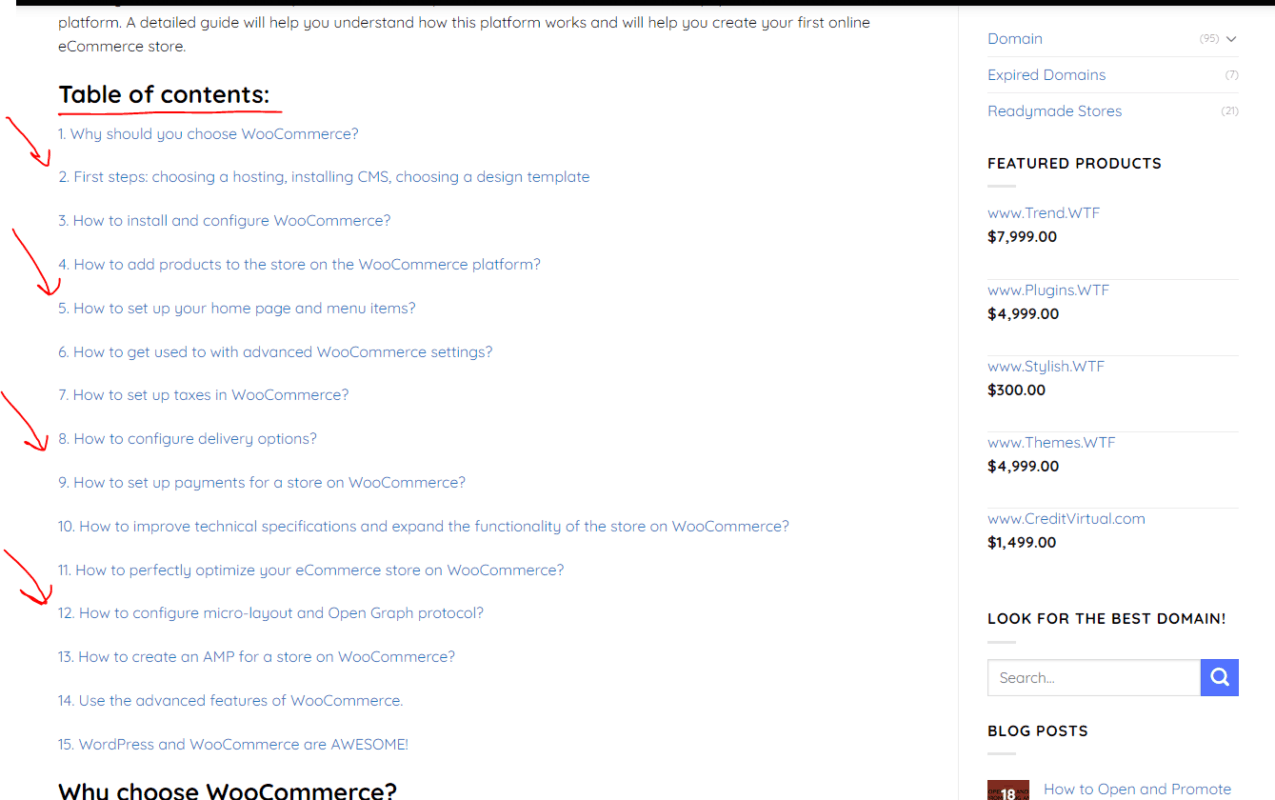
Make the content clickable for the convenience of readers. That is, they can in one click go to the desired section of the article, and not scroll through everything that they do not need. Better they spend half an hour thoughtfully reading one section they need than 10 seconds on a cursory examination of the entire article. This will benefit both us and them.
And to make it easier to read -IMHO, it is easier to write.
# 8 – Write as you Speak
Do you know who are the most successful bloggers? Those who do not know how to write at all. They have very big problems with the English language as such. They write directly as they say. This gives them an exclusive edge. Their articles become easier to read.
And you, too, do not hesitate to use vernaculars, slang expressions, colloquial vocabulary and turns – all this will make your text easier. Writing articles in the dry language of reports and abstracts is a bad idea.
Again, we advise you to use the method of free-associative writing in order to write a lot and easily. And finally, let’s analyze one more trick that does not apply directly to the rules of SEO copywriting.
# 9 – Internal Linking
Every time you write a new article on the site, make sure that you have many internal links. That is, you put links to other articles in one article, and links to your new article in those articles.
There are special rules and complex linking formulas that will allow your site to come first in the search for highly competitive queries, but this is already an area of commercial SEO. We just need to refer a lot, as in Wikipedia.
Search engines love when there are clicked links. It’s like nerve fibers for their search algorithms. And if the fibers of your site A. Is, B. Work, then they will try to put your articles higher.
There is nothing complicated about it, just open the list of your old articles, select the ones that are appropriate to refer to in your new article – and refer.
So, we have reviewed 9 golden rules of SEO copywriting, and I hope that they will help you quickly win the love of search engines. Bookmark the article so you do not end up losing it. Don’t forget to read our article on Quick Seo tips for your eCommerce store, if you own an online eCommerce store you should definitely go through this one.
See you later!

